Latest NRAO News
News is managed by NRAO News & Public Information. Questions about News? Have a story to share? Want to interview a scientist or create new media about our telescopes?
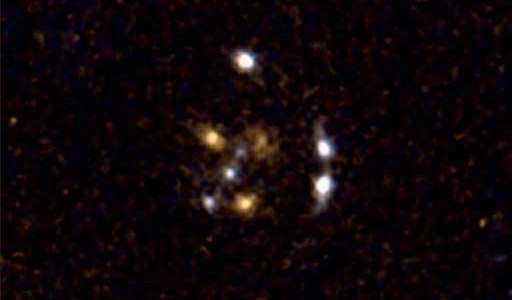
An international team of astronomers has discovered the first gravitational lens in which the single image of a very distant galaxy has been split into six different images.
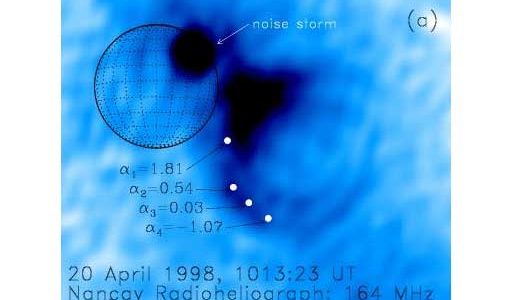
Astronomers have made the first radio-telescope images of a powerful coronal mass ejection on the Sun, giving them a long-sought glimpse of hitherto unseen aspects of these potentially dangerous events.
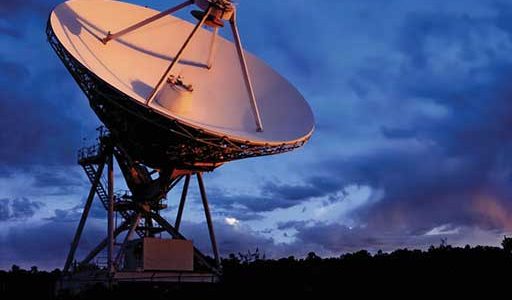
Astronomers have used the National Science Foundation’s Very Long Baseline Array radio telescope to do a very detailed map of the magnetic field within a star-forming cloud.
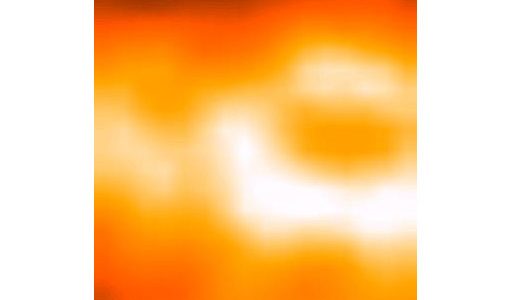
Astronomers using the National Science Foundation’s 140-foot radio telescope at the National Radio Astronomy Observatory in Green Bank, W.Va., have discovered a highly unusual, massive interstellar cloud that appears poised to begin a burst of star formation.
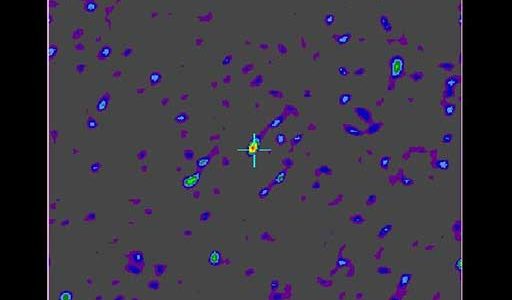
A team of observers used a gamma-ray burst as a powerful tool to unveil the nature of the galaxy in which it occurred, more than 7 billion light-years away.
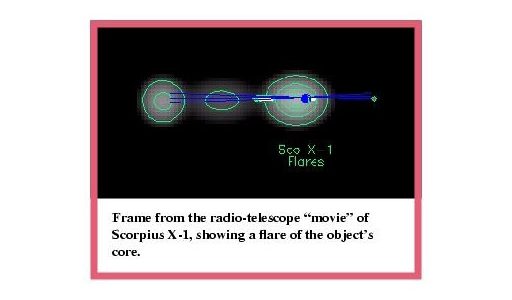
Astronomers using a world-wide collection of radio telescopes, including the National Science Foundation’s Very Long Baseline Array of the National Radio Astronomy Observatory, have made a dramatic movie of a voracious, superdense neutron star repeatedly spitting out subatomic particles at nearly the speed of light.





